Church of Saint Miljan in Segovia
About
San Millán Church in Segovia stands as a testament to the timeless beauty of Romanesque architecture. With its construction dating back to the early 12th century under Alfonso I el Batallador, this church is hailed as one of the most significant Romanesque landmarks in the city. Its stunning yellow stone exterior is complemented by elegant columns and intricate carvings. Inside, visitors can marvel at the ancient frescoes and the unique Mudejar coffered ceiling. The church houses a striking Gothic crucifix and notable sculptures that add to its historical allure. Just a short stroll from the iconic aqueduct, San Millán captivates anyone who steps into its storied cloisters, with features designed for accessibility ensuring that all can appreciate its grandeur.
Features
Wheelchair accessible, Wheelchair accessible parking, Wheelchair accessible entrance
Reviews and Ratings
Write a reviewBonita iglesia, tanto por dentro como por fuera, que hay que intentar visitar si podemos encajarla en la visita a Segovia. Lo único que es que nos tendremos que salir un poco de la zona turística, pero puede ser un punto final de la visita y luego amoldarla con algun bar o restaurante de la avenida acueducto. Es accesible en silla de ruedas o carrito de bebe y de entrada gratuita.
Muy bonita!!!
The Church of San Millán is a true Romanesque jewel, one of the most important and best-preserved temples in Segovia and in all of Castile. Its exterior, with a beautiful porticoed atrium, immediately captures the eye, while the sculptural decoration of the capitals—featuring scenes such as the Three Wise Men—adds an extraordinary artistic richness. Inside, the Romanesque ensemble of the main altar stands out as a highlight. Built at the beginning of the 12th century, the church has retained its solemn beauty through the centuries, and its designation as a National Monument in 1931 feels more than deserved.
Frequently Asked Questions
- What is the address of Church of Saint Miljan?Church of Saint Miljan is located at Av. Acueducto, s/n, 40002, Segovia, Spain.
- How to get here by public transport?The nearest public transport options provide quick and easy access:
- Bus stop Autocares Bermejo Sl (123 m walk)
- Bus stop Estación de Autobuses (108 m walk)
- Bus stop Segovia Bus Station (117 m walk)
- Bus stop Jardinillos San Roque (150 m walk)
- Bus stop Estación De Autobuses Segovia (128 m walk)
- How is Church of Saint Miljan rated by visitors?Church of Saint Miljan has an average rating of 4.6 based on 1,270 reviews across platforms such as Google.
Bajada de la Canaleja, 2, 4
- 230 m
- Open now
- Lookouts
Mirador De La Canaleja in Segovia offers breathtaking views that captivate both locals and visi...
C. Juan Bravo, 33
- 256 m
- Open now
- Historical Buildings
Casa De Los Picos in Segovia stands out with its striking 15th-century architecture, featuring ...
C. la Alhóndiga, 10
- 282 m
- Closed today
- Museums
La Alhóndiga in Segovia stands as a fascinating blend of history and culture, acclaimed for its...
C. Puente de Sancti Spiritu, 3
- 313 m
- Open now
- Historical Buildings
Monument Candido, Mesonero Mayor De Castilla in Segovia serves as an intriguing homage to a not...
Pl. Medina del Campo
- 343 m
- Open now
- Attractions
Plaza de Medina del Campo in Segovia is a vibrant hub where history and modern life intersect. ...
Pl. San Martín, 5
- 344 m
- Open now
- Museums
- Art Museums
- Art Galleries
In the enchanting city of Segovia, Fundación Torreón De Lozoya stands proudly in San Marín Squa...
Pl. Azoguejo, 1
- 351 m
- Open now
- Monuments
- Historical Buildings
The Aqueduct of Segovia stands as a testament to ancient Roman engineering brilliance, capturin...
C. Juan Bravo, 28
- 359 m
- Open now
- Historical Buildings
Casco Histórico in Segovia offers a captivating journey through time. With its wealth of histor...
Pl. de Somorrostro, 1
- 366 m
- Open now
- Playgrounds
Parque Infantil in Segovia offers a delightful escape for families looking for a safe and enjoy...
C. San Juan, 12
- 369 m
- Open now
- Lookouts
Mirador Del Acueducto in Segovia offers a breathtaking vantage point for soaking in panoramic v...
Calle Marqués del Arco, 1
- Open now
- Churches, Cathedrals
In the captivating city of Segovia, the Catedral stands as a striking example of Gothic archite...
Tr.ª Zamarramala, s/n
- Churches, Cathedrals
Located in the historic city of Segovia, the Iglesia De La Vera Cruz stands out with its striki...
P.º Segundo Rincón, s/n
- Open now
- Churches, Cathedrals
- Fountains
Santuario De Nuestra Señora De La Fuencisla stands as a magnificent testament to Segovia's rich...
C. José Canalejas, 4
- Churches, Cathedrals
Iglesia De San Martín stands as a mesmerizing testament to Romanesque architecture intertwined ...
Pl. de San Lorenzo
- Churches, Cathedrals
Just outside the city of Segovia stands the Iglesia Parroquial De San Lorenzo, a remarkable exa...
Plaza del Corpus, 7
- Closed today
- Churches, Cathedrals
Corpus Christi in Segovia is a captivating attraction with a rich tapestry of history and archi...
Calle de la Infanta Isabel, 1
- Churches, Cathedrals
The Iglesia De San Miguel stands as a stunning testament to history and architecture in Segovia...

- City Tours & Sightseeing
3 hours
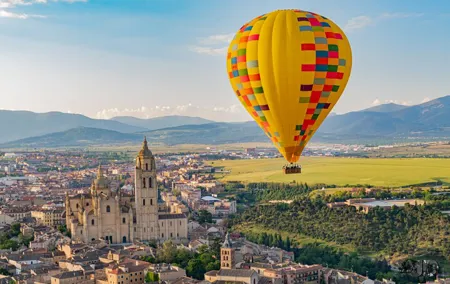
- City Tours & Sightseeing
3–6 hours
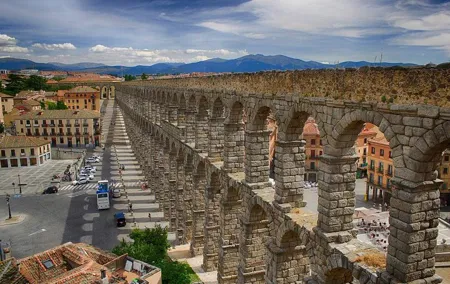
- City Tours & Sightseeing
3 hours
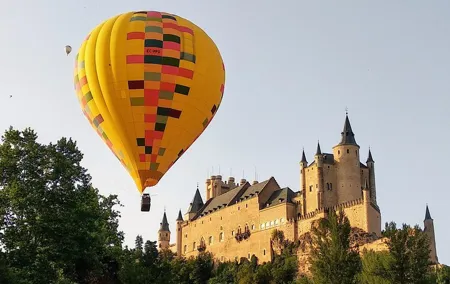
- City Tours & Sightseeing
2–5 hours
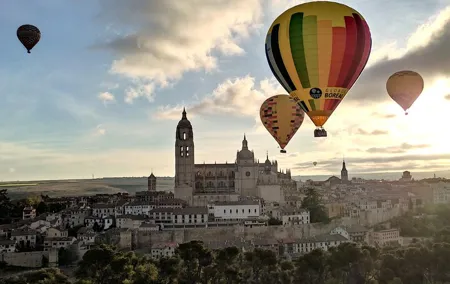
- City Tours & Sightseeing
3–4 hours
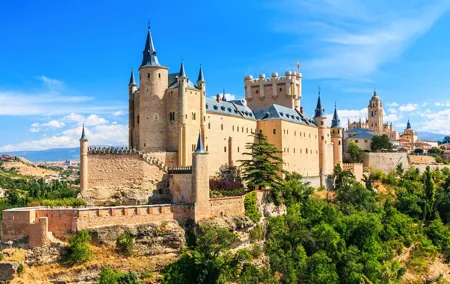
- City Tours & Sightseeing
3 hours
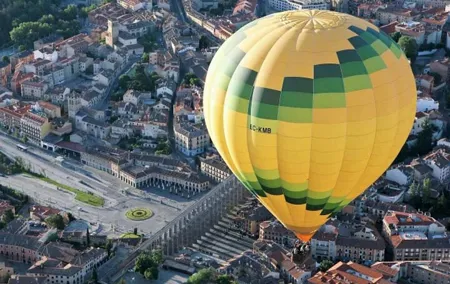
- City Tours & Sightseeing
4 hours
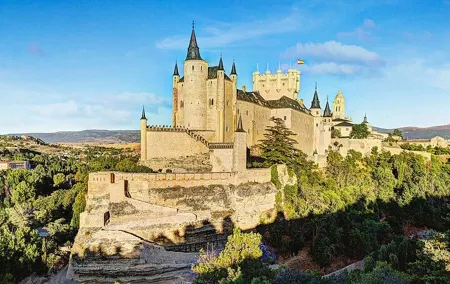
- Culture & History
2 hours

- Adventure & Extreme
1 hour
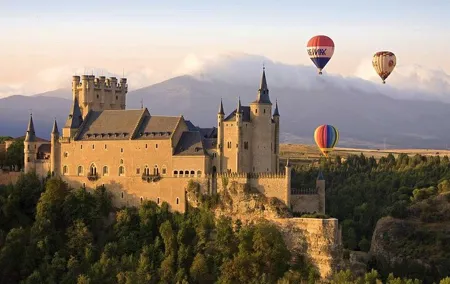
- City Tours & Sightseeing
4 hours

















